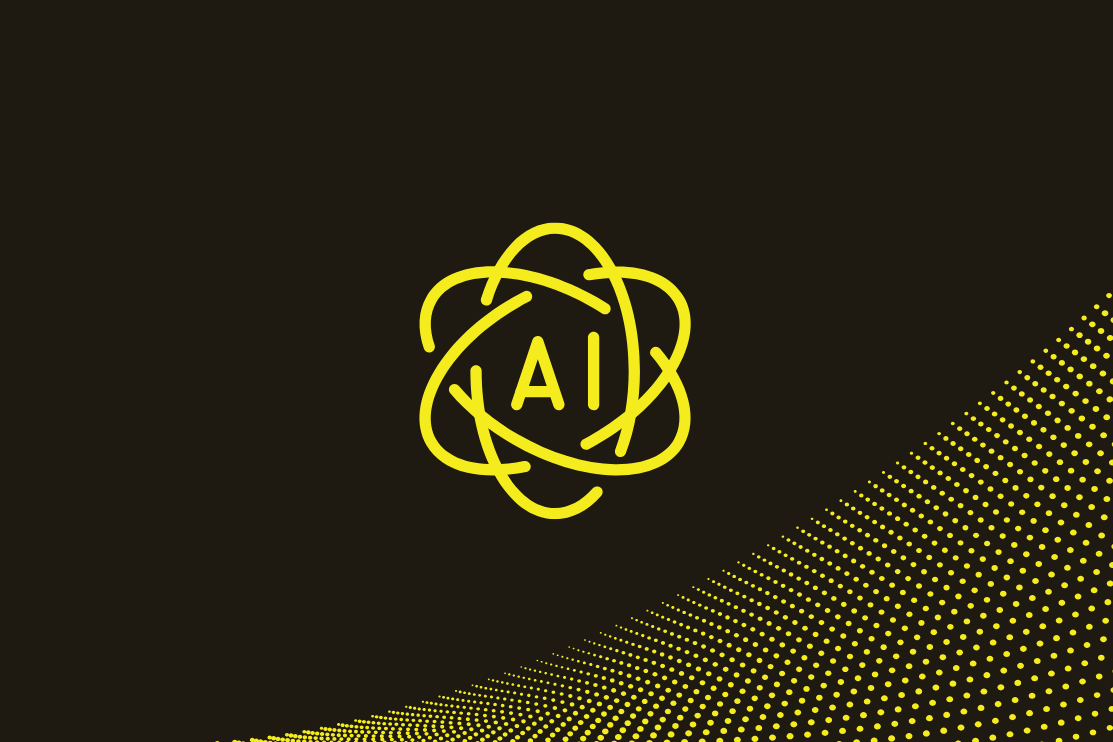How Statewide Admissions Initiatives Will Evolve the College Search Process
How Statewide Admissions Initiatives Will Evolve the College Search Process
How Statewide Admissions Initiatives Will Evolve the College Search Process
How Statewide Admissions Initiatives Will Evolve the College Search Process
How Statewide Admissions Initiatives Will Evolve the College Search Process
How Statewide Admissions Initiatives Will Evolve the College Search Process
Don't miss our breakout sessions!
Book time with our team on-site!
Our team is excited to meet you. Book a time that works best.


Over the past decade, the college admissions landscape has undergone steady evolution. But the next few years promise a more dramatic shift—one that doesn’t just affect universities, but also fundamentally changes how K–12 schools guide students through the college search process.
Statewide admissions innovations—like direct, informed, or guaranteed admissions—are reshaping how students discover, apply to, and commit to college. As these models expand, K–12 districts will need to redesign advising, data sharing, and even how they define “college readiness.”
A New Era of Access and Efficiency
Across the country, states are experimenting with bold, student-centered admissions models that simplify the path to college.
According to a 2025 Lumina Foundation report, seven broad categories of innovation are emerging:
- Direct Admissions – Students automatically receive letters of acceptance from state institutions based on academic records, as seen in Idaho’s Campus Choice and Apply Idaho programs.
- Informed Admissions – Programs like Direct Admissions Minnesota proactively inform students of their state college options and allow families to opt-in.
- Cascading Admissions – New York’s SUNY Match re-routes denied applicants to alternate campuses with similar programs.
- Invitational Admissions – Hawaii’s Fast Pass invites eligible students to apply with waived fees and expedited review.
- Self-Reported Admissions – Connecticut’s CAAP allows seniors to self-report GPAs and receive automatic offers if they meet thresholds.
- Guaranteed Admissions – Texas’s Top 10% Rule secures university spots for top-ranked graduates.
- System Admissions – California’s UC and CSU systems offer single-portal applications for all campuses.
The common thread across all of these models is simplicity, transparency, and student confidence—three things the traditional college search process has often lacked.
K–12’s New Role: From College Search to College Match
Historically, high schools have focused their college counseling energy on helping students apply—building lists, tracking deadlines, and demystifying the process. But in an era of preemptive or automatic admissions, those responsibilities will shift from application mechanics to decision readiness and alignment.
K–12 leaders will need to help students interpret admissions letters, compare pathways, and understand the fit between their goals, academic profiles, and the opportunities now automatically available to them.
Outcomes Shift to Equity and Early Awareness
One of the most promising outcomes of statewide admissions models is their potential to reduce uncertainty and expand equity.
When students—especially first-generation or low-income learners—receive an acceptance letter before they’ve even applied, the psychological effect is profound. College becomes not just a possibility, but a plan.
K–12 systems will respond by integrating college awareness activities earlier—starting in 9th or 10th grade, when GPA and course selections begin to determine eligibility for direct or guaranteed admission programs.
Advisors will need to help students understand how each grade and class decision connects to real, tangible postsecondary options within their state system. The message shifts from “Apply to college someday” to “You’re already on the path.”
Non-State-Initiative Schools Will Need to Compete
For institutions not participating in these statewide initiatives, the rise of direct, guaranteed, and cascading admissions presents a competitive challenge. Students increasingly expect clarity, transparency, and streamlined access to postsecondary opportunities, and schools outside these programs risk being overlooked in students’ decision-making.
To remain competitive, these institutions will need to level up their outreach and engagement strategies, emphasizing early partnerships with high schools, simplifying application processes, offering targeted merit or program-specific guarantees, and clearly communicating pathways to success.
The Future: A Reimagined College Search Process
The college search process as we know it—driven by deadlines, essays, and guesswork—is giving way to one that’s proactive, personalized, and state-supported.
Instead of “Where should I apply?” the next generation of students will be asking, “Which of my offers is the best fit for my goals?”
For K–12 educators, that’s an opportunity to redefine readiness—not as the ability to fill out forms, but as the ability to make informed, confident decisions about one’s future.
In the years ahead, as state-level admissions programs mature, schools that adapt early—embedding clarity, data literacy, and career alignment into their college-going culture—will not only serve their students better, they’ll help shape the new national norm of equitable, streamlined access to higher education.
With SchooLinks’ 8 million students relying on us for their college search process, tune into how we are acting on these changes in our platform at our monthly webinar here.
Related Posts
See All




